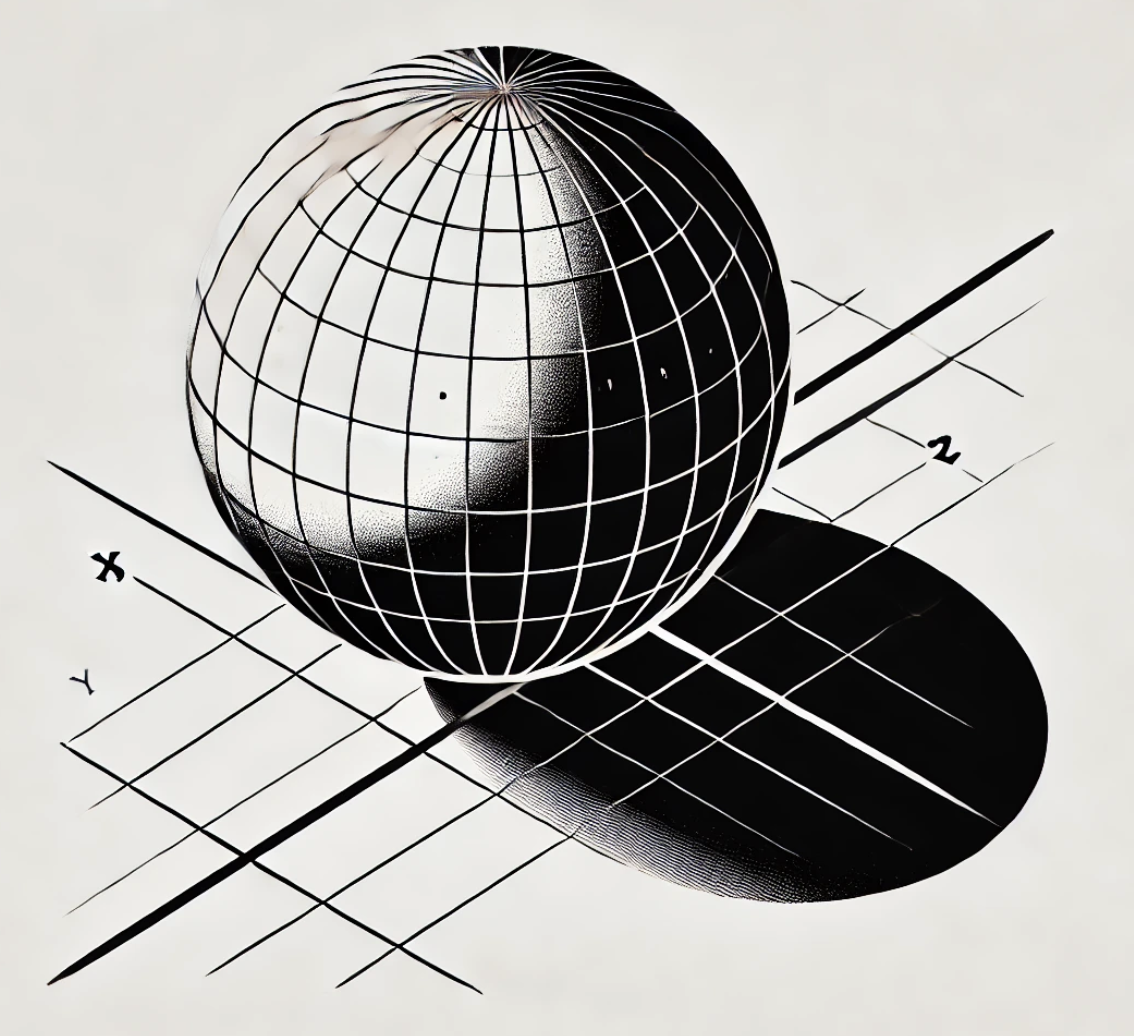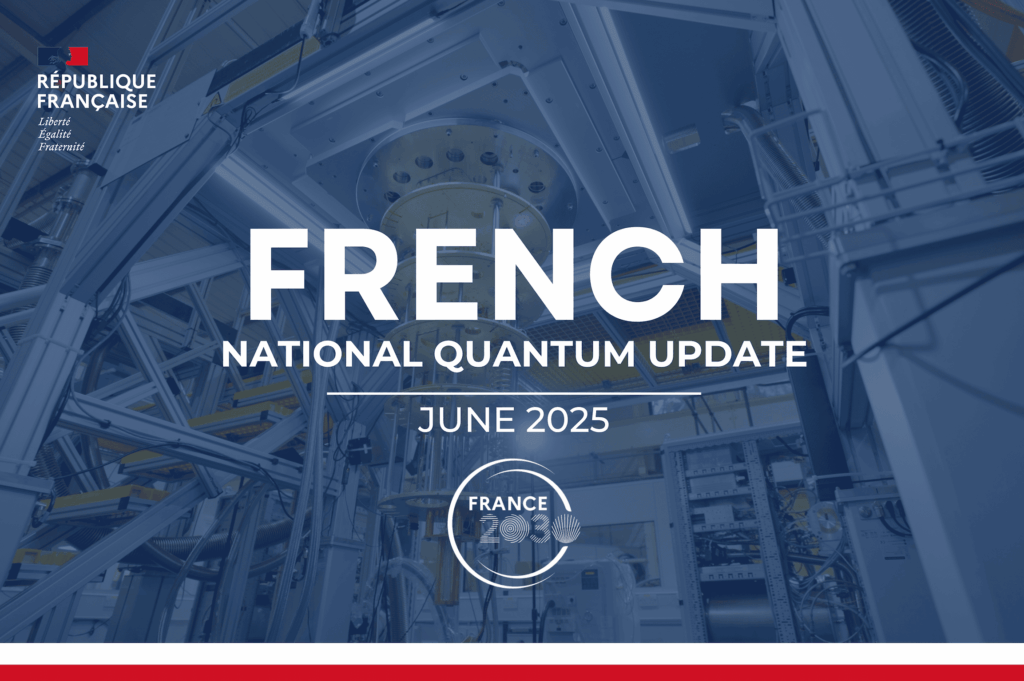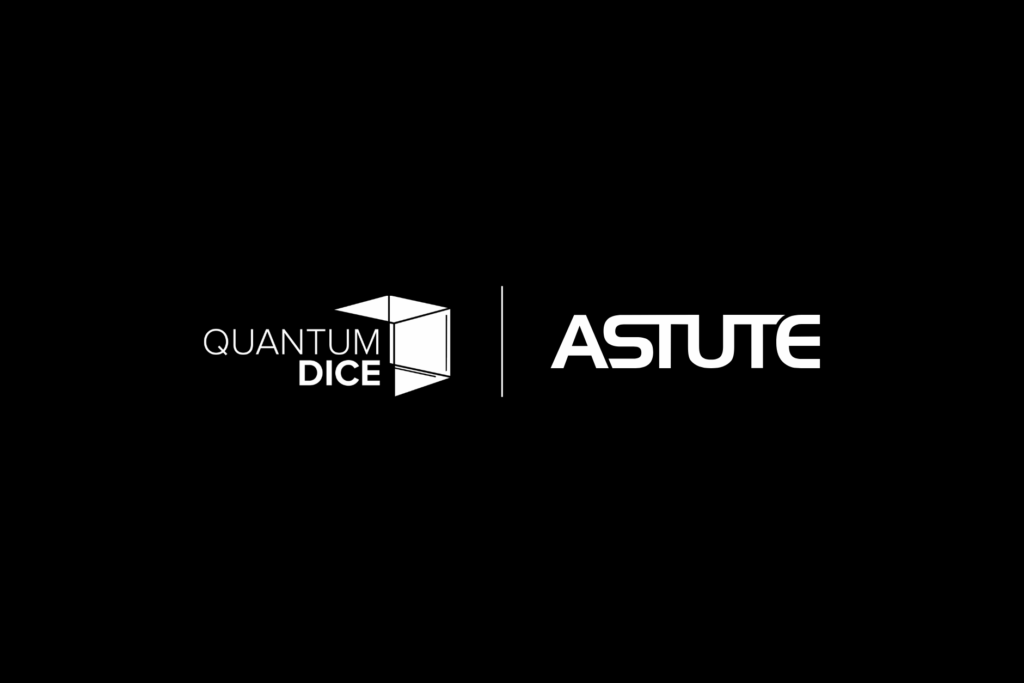Insider Brief
- By incorporating symmetries, the new method reduces the number of samples required to estimate quantum state properties, making it more efficient.
- This improvement is crucial for scalable quantum computing, enabling more effective quantum state estimation, which is essential for error correction and system optimization.
- The study demonstrates that in systems exhibiting permutation symmetry, the proposed protocol outperforms traditional methods, offering more accurate results with fewer resources.
Scientists report they made a major step forward in studying the properties of quantum systems by using symmetries to enhance the accuracy and efficiency of a method called classical shadows (CS). This technique, known for its ability to estimate multiple properties of quantum states based on limited measurements and classical post-processing, can now be enhanced through the use of symmetry — identifying patterns or balance in a system — to make it simpler and more efficient to study, according to the study.
Researchers Frédéric Sauvage, or Quantinuum and Los Alamos National Laboratory and Martín Larocca, also of Los Alamos National Laboratory, report in their ArXiv paper how incorporating symmetries into classical shadows can lead to more efficient estimation, particularly in quantum systems that exhibit symmetry in their states or observables.
A classical shadow is a simplified representation of a quantum system, created by taking random measurements and using classical methods to estimate its properties. Scientists use the technique to analyze complex quantum states with fewer measurements than traditional approaches.

There are advantages to the technique, according to the researchers, who write “classical shadows yield appealing scalings with respect to the number of properties to be estimated.”
However, their method goes a step further by employing symmetry to reduce the number of samples required for accurate estimation. The team focuses on permutation-invariant classical shadows (PI-CS), a specialized protocol tailored to quantum systems where symmetry is present. Their findings demonstrate that PI-CS can outperform established classical shadow protocols in various scenarios.
Major Findings: Symmetric Classical Shadows
Scientists studying quantum information often rely on classical shadows as a tool for quantum state estimation, primarily because they can handle large quantum systems. However, traditional CS methods often require significant resources, especially as the complexity of the system grows. This is bad if you want to scale your analysis, for example, in quantum computing.
The team’s new approach specifically addresses this limitation by introducing symmetry into the process.
In their paper, the researchers write, “Generally speaking, symmetries often offer a mathematical framework to specify knowledge of a problem, and, ultimately, to simplify it. In the context of CSs, or more generally characterization of quantum systems, symmetries are a broad and natural language to specify families of observable of interest. It is thus natural to ask how symmetries can be used to tailor CSs.”
By leveraging the symmetries inherent in quantum states or observables, their symmetric CS protocol can significantly reduce the sampling complexity. This means fewer measurements are needed to achieve the same level of accuracy compared to non-symmetric CS protocols.
For instance, in systems with permutation-invariance — where the quantum system behaves the same under certain permutations of particles — the use of PI-CS allows for more efficient state estimation.
The team writes, “In particular, building on results obtained in the field of PI quantum tomography, we develop and study shallow PI-CS protocol. Benefits of these symmetric CS are demonstrated compared to established CS protocols showcasing vastly improved performances.”
Real-World Implications
The ability to reduce the number of measurements required for accurate quantum state estimation has definite implications for the future of quantum computing. Quantum systems are notoriously difficult to characterize due to their complex, multi-dimensional nature.
Full quantum tomography, a traditional method for state estimation, becomes impractical as system size increases. For quantum computing, this means that state estimation and error correction become incredibly challenging as the number of qubits increases, making it difficult to fully characterize the system’s state. This limits the ability to, for example, optimize quantum algorithms, ensure accurate computations and maintain error-free operations in large-scale quantum computers.
Classical shadows provide a more scalable alternative, and the introduction of symmetry-enhanced versions like PI-CS could make this technique even more applicable to real-world quantum technologies. As quantum computers grow in size and power, methods like PI-CS could help researchers and engineers more efficiently benchmark quantum systems, ensuring that they function correctly and can be calibrated for practical applications.
The researchers note that their work has applications in several quantum technologies, including “the certification and calibration of resource states, including GHZ states and families of spin-squeezed states.”
These states are critical in fields like quantum metrology, where precision measurements are essential. The use of symmetric classical shadows could streamline the process of certifying these states, making it easier to deploy quantum technologies in areas such as sensing and communication.
Demonstrating Effectiveness
To demonstrate the effectiveness of their PI-CS protocol, the team conducted numerical simulations comparing the performance of PI-CS against standard CS protocols. They focused on quantum states that exhibit permutation symmetry, such as GHZ states, which are commonly used in quantum metrology and quantum information tasks.
Their results showed that PI-CS consistently outperformed standard CS protocols in these cases, requiring fewer samples to achieve the same level of accuracy. According to the paper, the “benefits of these symmetric CS are demonstrated compared to established CS protocols, showcasing vastly improved performances.”
This improvement is particularly evident in systems where the underlying quantum state or observable exhibits symmetry, allowing the PI-CS protocol to take advantage of this structure, according to the researchers.
They also note that their method can be extended to other types of symmetries beyond permutation invariance, potentially broadening its applicability to a wide range of quantum systems.
Limitations and Future Directions
The researchers report that the method has limitations. For one, the protocol is tailored to systems with specific types of symmetry, such as permutation invariance. In systems where symmetry is absent or more complex, the benefits of PI-CS may be less pronounced.
The team writes, “We should recognize that there are situations where such definition of symmetries is too narrow and may not capture the structure of the underlying states.”
For example, in cases where the quantum state is a product state or exhibits more complex symmetries, the PI-CS protocol may not be as effective.
Looking ahead, the researchers suggest several avenues for future work. One key area of exploration is the extension of symmetric classical shadows to other types of symmetries, such as spatial or subgroup symmetries. They also propose investigating the use of PI-CS in more complex quantum systems, such as those used in quantum machine learning and quantum chemistry.
Additionally, the team is interested in exploring how their method could be integrated with other quantum error mitigation strategies. According to the paper, “the inclusion of built-in error-mitigation strategies” could further enhance the performance of symmetric classical shadows, making them even more applicable to near-term quantum technologies.
For a deeper, technical look that this summary can’t provide, we recommend that you read the researchers’ ArXiv paper.

















